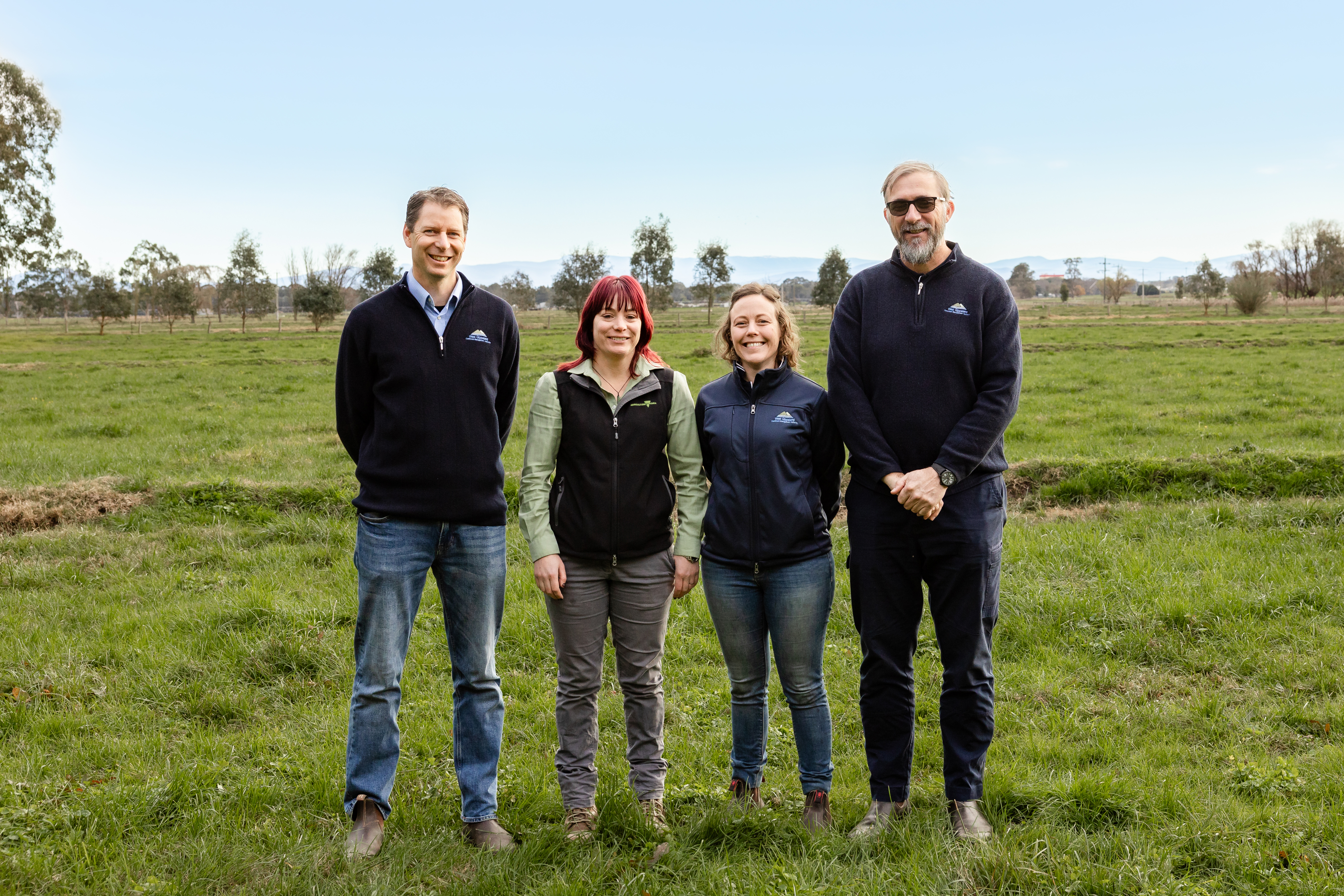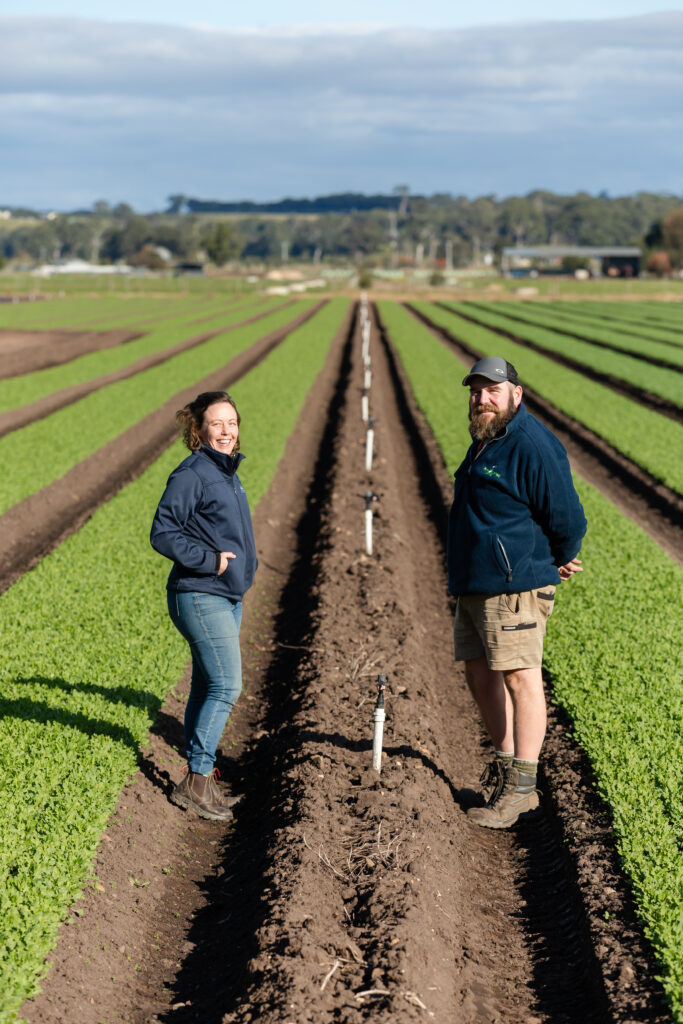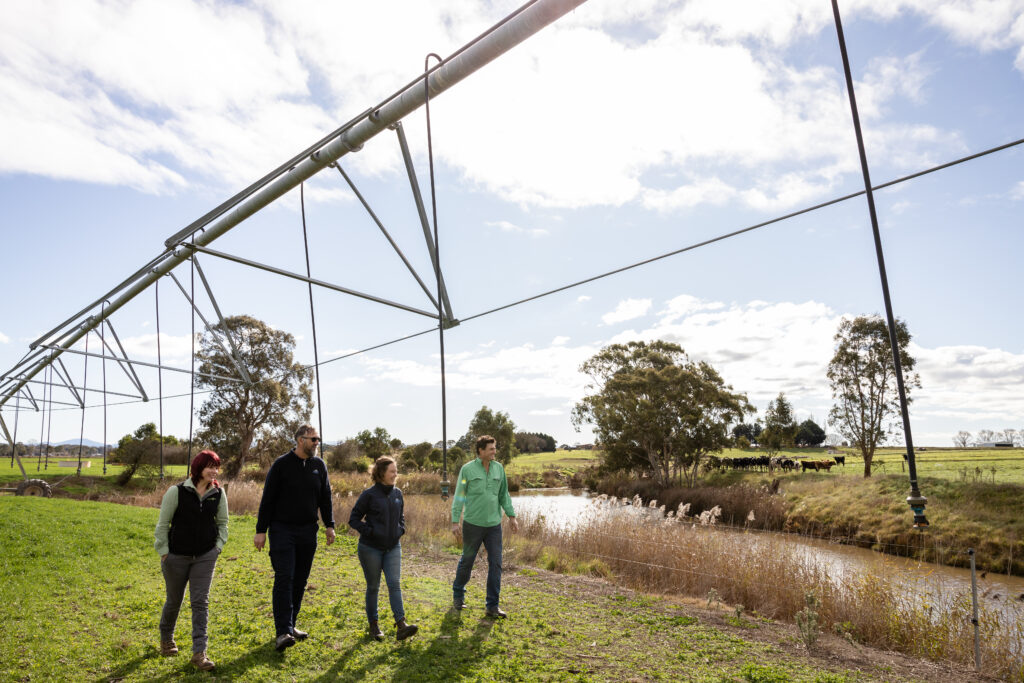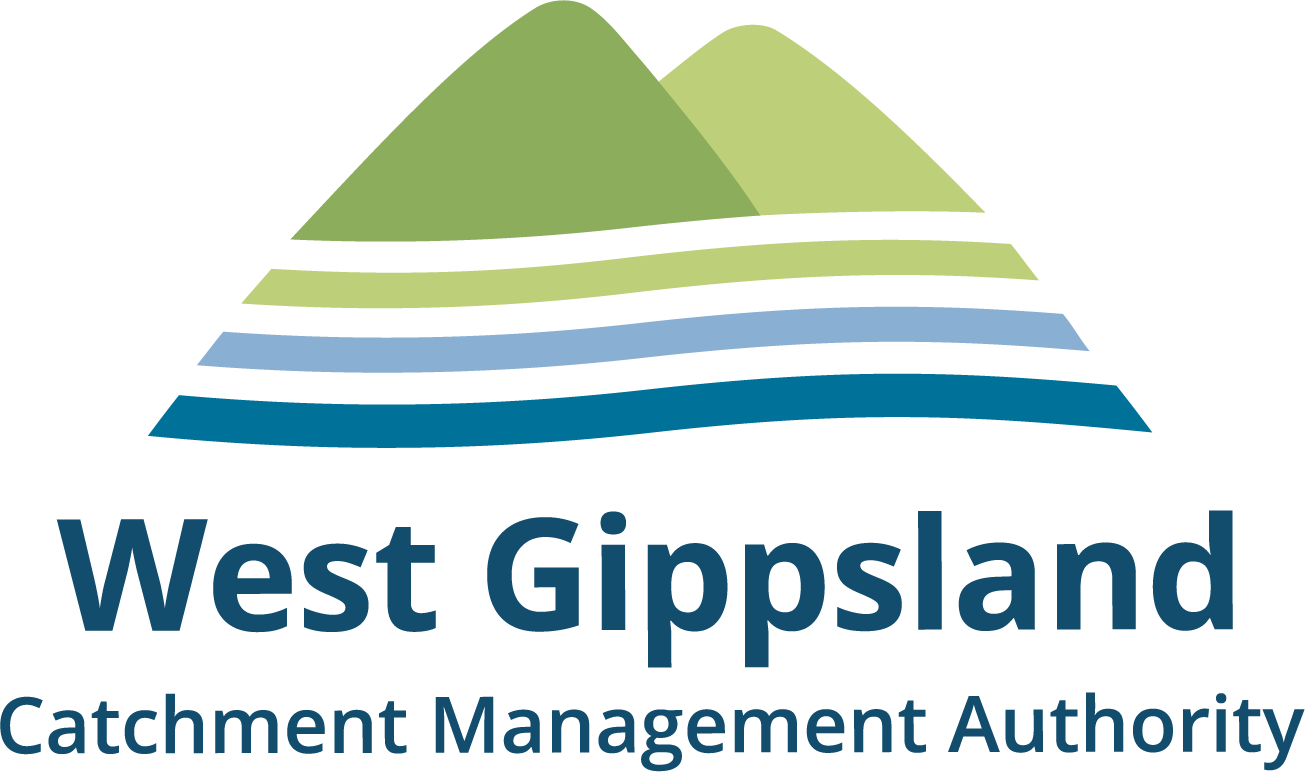Celebrating a 25-year pivot towards sustainable farming future
This year, West Gippsland Catchment Management Authority (CMA) is celebrating the 25th anniversary of its sustainable irrigation program and the long-term partnerships that have been central to its success.
The joint initiative between the CMA, Agriculture Victoria and local farmers has resulted in a remarkable transformation of irrigated land and water use across central Gippsland.
Since launching in 2000, the successful program has delivered over 1,200 irrigation improvement projects in the Macalister Irrigation District (MID) and across the Lake Wellington Catchment – home to important river systems like Durt’Yowan (Latrobe), Wirn wirndook Yeerung (Macalister) and Avon rivers.
“The CMA is incredibly proud to celebrate over two decades of effort to reduce the environmental impact of irrigation by keeping water and nutrients on farm and out of local waterways that flow into the Gippsland Lakes,” said CEO of West Gippsland CMA, Martin Fuller.
“We’re pleased to share what’s been achieved in partnership with Ag Vic, Southern Rural Water, Gippsland Water, Wellington Shire, the Environment Protection Authority Victoria, GippsDairy, Food and Fibre Gippsland and of course the irrigation community.
“Thanks to the sustained, collective efforts of farmers, agencies and local irrigation communities, we’re now seeing a total of 47 gigalitres of water worth $85 million dollars being saved every year. That’s a huge financial benefit for irrigators and a boost to water security for the region’s agricultural industry.”
Encouraging irrigators to embrace sustainable irrigation practiced has been key to the program’s success and over the years attitudes have shifted.
“Twenty-five years ago, environmental challenges weren’t as well understood,” explained Anthony Goode, the CMA’s Sustainable Irrigation Program Coordinator who’s worked on the program for 14 years.
“It’s a huge credit to those farmers who put their hands up in the early days to get involved and trial new irrigation methods and systems for the benefit of the wider irrigation community.”
“It’s not an exaggeration to say we’ve now partnered with nearly all landholders in the MID, achieving 94% coverage of the district with farm irrigation plans. Combined with the 179 spray conversions, 299 reuses systems and 70 best practice surface irrigation projects it adds up to a remarkable, long-term transformation of irrigated farmland.”
And the results speak for themselves, with over 46 gigalitres of nutrient rich water carrying an estimated 23 tonnes of phosphorus being retained on farm every year for the benefit of soil health and pasture productivity. This reduces the need to buy-in synthetic fertilisers all while protecting surrounding waterways from run-off.
“A classic win-win,” said Anthony.
Agriculture Victorian Irrigation Extension Officer Alexis Killoran said: “The transformation doesn’t end with the hundreds of millions of dollars of farmer investment into farm plans and irrigation infrastructure on farm, though that in itself is a testament to the farmers of the region.
“There is also a continual demand from farmers and their staff for irrigation training and demonstrations offered by Agriculture Victoria extension staff. This ranges from the basics of irrigation workshops offered to new staff, through to technical workshops on pump efficiency or soil moisture monitoring.
“This emphasis on knowledge growth and upskilling leads to excellent productivity and environmental outcomes, with farmers and staff irrigating to best practice standards using modern infrastructure.”
Following the success of the last 25 years, the program is forging into the future. Now, even more irrigators are set to benefit as it expands beyond the MID for the first time, with producers in Thorpdale coming on board as well as farmers along Durt’Yowan (Latrobe River) and in the upper reaches of the Lake Wellington catchment.
Looking ahead to the next 25 years, Anthony is excited to continue working with partners and farmers to keep land and waterways healthy and in good shape for future generations.
“Our vision is to reach a point where we can proudly say that the irrigation community is having zero impact on waterways and is actually benefiting waterways and catchment health. That will be a fantastic day,” concluded Anthony.
This program a part of the Department of Energy, Environment and Climate Action’s Sustainable Irrigation Program (SIP), implemented in Gippsland by Agriculture Victoria and the WGCMA.
West Gippsland CMA is responsible for over 40,000 kilometres of designated waterways across the region and delivers programs for healthy and resilient catchments. All these waterways flow to the Victorian coast, discharging through the Gippsland Lakes, or directly into Bass Strait and the Southern Ocean.
Become a river lover
Find out more about the work we do and sign up to our e-news for updates, you can also sign up for Environmental Water updates.






